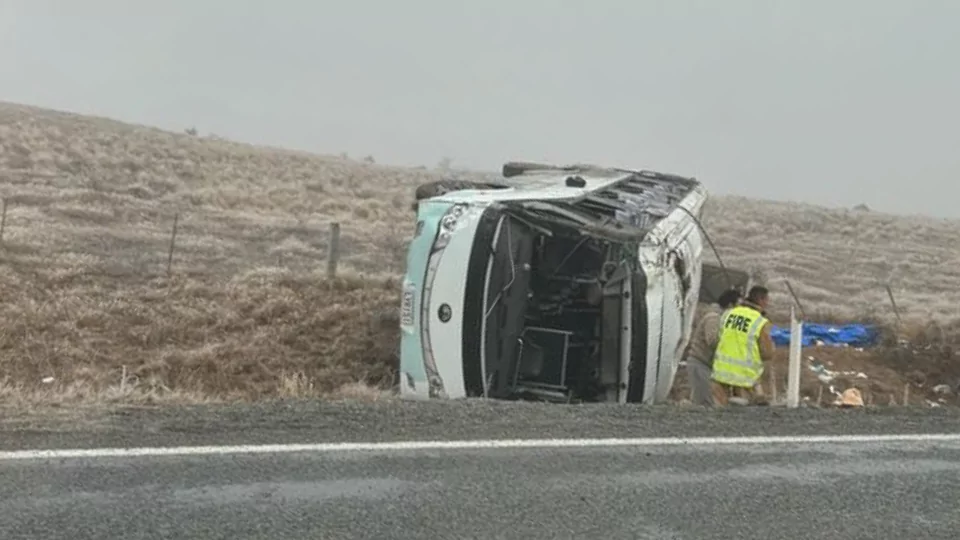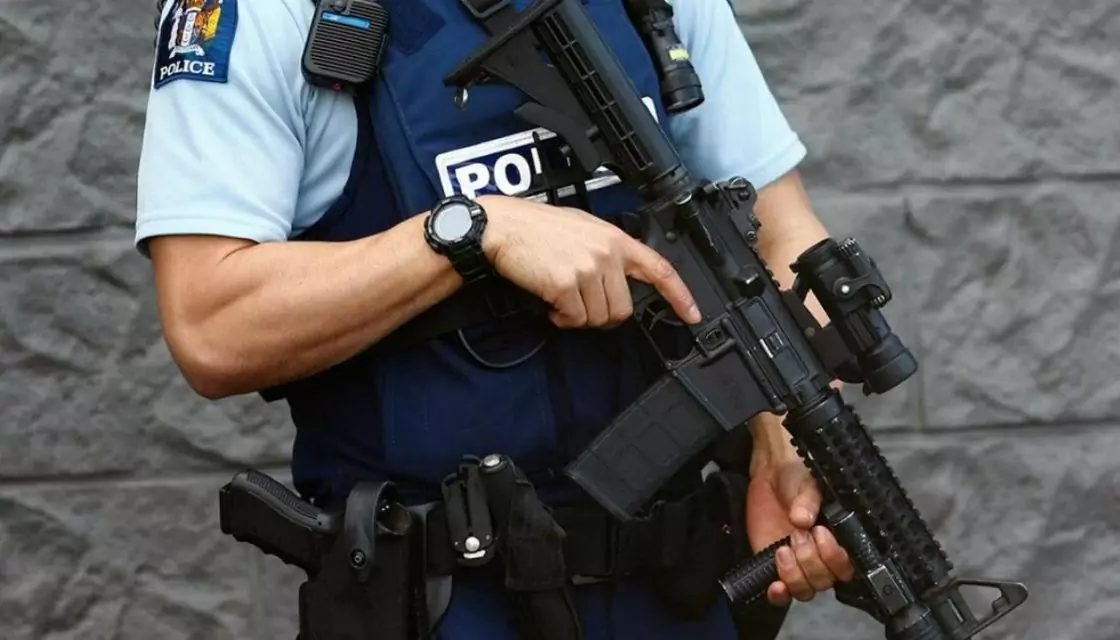The NZ Transport Agency announced that measures requesting people to slow down on the highway south of Tekapo through to Lake Pukaki/Twizel would remain in place as cold hoar frost and black ice conditions continue.
Yesterday signs advertising a new temporary speed limit of 50km/h were installed between Simons Pass and Lake Ruataniwha south of Twizel, covering a distance of 28 km.
Mark Pinner, System Manager for Central South Island at NZTA, said, “We have started with a blanket speed limit approach, but we will refine this to high-risk areas on SH8 over the coming days, based on weather forecasts and conditions on the ground. This will mean that some areas of highway less prone to persistent frost or fog may go up to 70km/h or even 100km/h in coming days.”
Pinner acknowledged that this was an unusual situation necessitating these measures, which would be actively managed until the end of winter for everyone’s safety.
Despite a fine and sunny day in the Mackenzie Basin, the potential for frozen and black ice road conditions remained significant.
Daily monitoring and adjustments to the speed limits would reflect the road and weather conditions.
While other parts of the South Island road network were also experiencing more ice and fog-related weather this season, SH8 through the Mackenzie Basin was particularly affected.
Places like Lindis Pass, west of Omarama, benefitted from slightly more wind, but the Pukaki area had experienced windless conditions in recent weeks, allowing hoar frost and fog to persist for hours, leading to long-lasting frost effects on the highway and extremely low temperatures.
“We are working closely with our Police partners and MetService to ensure people get to their destinations safely and without endangering themselves or other road users. If necessary, we will close the road, so people should check our highway map before setting out around the central and southern South Island, particularly overnight,” Pinner said.
Police would patrol the area over the winter period while the freezing conditions continued. Pinner emphasised the importance of driving to the conditions, especially where there was the potential for black ice on bridge decks, shaded places, and in fog.
NZTA also added a fourth gritting crew for early morning and daytime highway maintenance in the Mackenzie Basin while the freezing temperatures persisted.
MetService provided an overview of the challenging 2024 winter weather conditions in the southern South Island and the Mackenzie Basin:
– The difference largely stemmed from preceding years’ winter conditions being unusually warm.
– The winter of 2024 had an absence of oceanic heat (marine heatwave), noticeable to the average Kiwi. This followed several record warm winters from 2020 to 2023.
– Compared to previous years, 2024 was not a warm winter but more typical, with conditions like black ice becoming more common.
– Most winters see a period of “blocking,” where a large, slow-moving high-pressure system sits near New Zealand, leading to settled weather and light winds, allowing temperatures to plummet in inland areas. This had been observed throughout much of July.
– If there was enough moisture in the air lying over the country, fog would form and fill the Mackenzie Basin, freezing and forming hoar frosts, leading to black ice conditions on roads.
– Further periods of black ice were possible through the rest of this winter, with another cold outbreak likely starting 29 July, potentially bringing snow to many South Island roads. The length of the ice risk period would depend on how long high pressure persisted after a trough moved away.
– In the long term, most weather modelling indicated systems becoming more mobile towards spring, with a return to the more usual westerlies.
The NZTA and MetService would continue to monitor and manage road conditions to ensure public safety throughout the winter.









